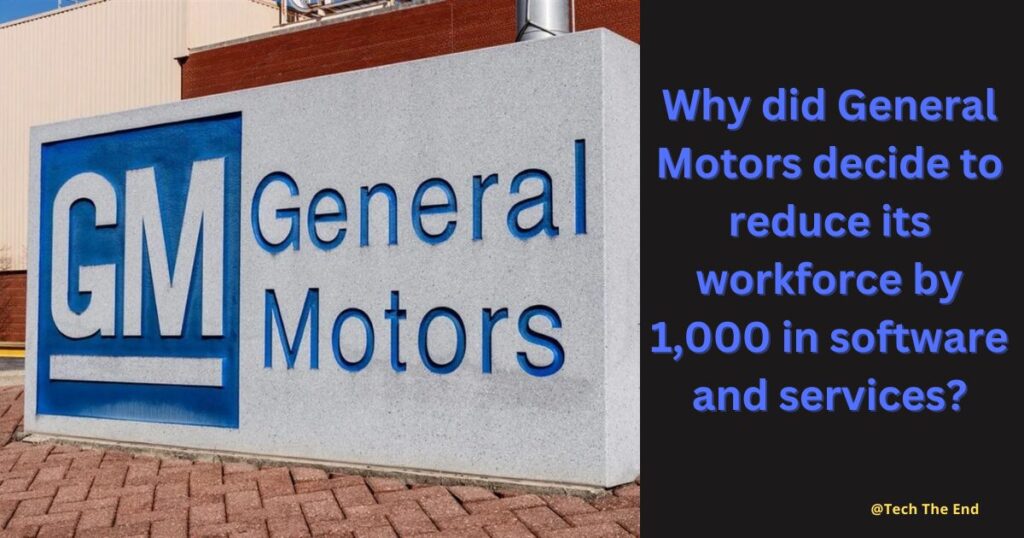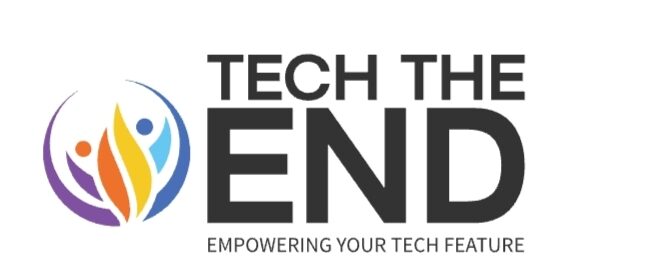Why did General Motors decide to reduce its workforce by 1,000 in software and services, because is set to reduce its global software workforce by approximately 1,000 employees as it shifts focus to “high-priority” projects. These projects include enhancements to the Super Cruise driver assistance system, improvements to its infotainment platform, and the exploration of artificial intelligence applications. According to GM spokesperson Stuart Fowle, this move isn’t driven by cost-cutting measures or employee performance. Instead, it’s about accelerating the company’s efforts in the competitive landscape of “software-defined vehicles.” For instance, GM plans to streamline its development efforts by concentrating on infotainment features that are most relevant to consumers.

The decision follows recent challenges GM has faced with its software, including the temporary halt of Blazer EV sales in late 2023 due to early software issues. In response, GM recently promoted two former Apple executives to lead its software and services division, filling the void left by Mike Abbott, who had previously served as the executive vice president of software and services before departing in March for health reasons.
“As we shape GM’s future, we need to streamline our operations for greater speed and excellence, make bold decisions, and prioritize investments with the most significant impact. Consequently, we are reducing certain teams within our Software and Services organization,” the company said in a statement. “We appreciate the contributions of those who have helped build a strong foundation that positions GM for future leadership.”
The future of General Motors (GM) appears to be focused on several key areas that align with broader industry trends and the company’s long-term vision. Here’s an overview of GM’s future trajectory:-
A- Electric Vehicles (EVs)-
Commitment to Electrification- GM has made a significant commitment to electric vehicles, aiming to transition its entire lineup to electric by 2035. This includes iconic models like the Chevrolet Silverado EV, Cadillac Lyriq, and the Hummer EV. GM’s Ultium battery platform is central to this strategy, offering scalable and versatile technology to power a wide range of EVs. Expansion of EV Portfolio_ GM plans to introduce over 30 new EV models globally by 2025, targeting a wide range of market segments. This includes both mass-market and luxury vehicles, as well as commercial EVs.
B Autonomous Driving
Cruise Automation- GM is heavily investing in autonomous vehicle technology through its subsidiary, Cruise. The company is testing fully autonomous vehicles in urban environments and has plans to launch a commercial autonomous ride-hailing service in the near future. Super Cruise- GM is continuously improving its Super Cruise driver assistance system, which offers hands-free driving on certain highways. This technology is expected to play a key role in the transition to fully autonomous vehicles,
C- Software-Defined Vehicles
Focus on Software- GM is increasingly focusing on the role of software in defining the vehicle experience. This includes developing advanced infotainment systems, connectivity features, and over-the-air (OTA) updates that allow vehicles to improve over time. AI and Data Analytics- The integration of artificial intelligence and data analytics will be critical in enhancing vehicle safety, personalization, and efficiency. GM’s recent restructuring efforts, including layoffs in the software division, are aimed at accelerating progress in these areas.
D- Sustainability and Environmental Goals
Carbon Neutrality GM has set a goal to be carbon neutral in its global products and operations by 2040. This includes not only transitioning to EVs but also reducing emissions in its manufacturing processes and sourcing renewable energy. Sustainable Supply Chain – GM is also focusing on building a sustainable supply chain, particularly in the sourcing of critical materials like lithium, cobalt, and nickel, which are essential for EV batteries.
E.Global Expansion and Innovation
Global Market Strategy- General Motors continues to expand its presence in global markets, particularly in regions like China, where the demand for EVs is growing rapidly. GM’s partnerships with local manufacturers and technology companies are critical to its success in these markets.Innovation in Mobility Services– Beyond selling vehicles, GM is exploring new mobility solutions such as shared mobility, electric delivery vehicles, and fleet management services. These initiatives are part of GM’s broader strategy to diversify its revenue streams.
F- Financial and Strategic Stability
Investments in Technology- GM is making significant investments in next-generation technologies, including EVs, autonomous driving, and software. These investments are supported by strategic partnerships and alliances with other companies in the tech and automotive sectors. Focus on Profitability-: While GM is investing heavily in future technologies, it remains focused on maintaining profitability in its core business operations. The company’s recent restructuring efforts are aimed at optimizing resources and ensuring that it can compete effectively in a rapidly changing industry.
G- Challenges and Risks
Competition Generals M faces intense competition from both traditional automakers and new entrants like Tesla, Rivian, and other EV startups. Staying ahead in technology and innovation will be critical to maintaining its market position. Regulatory and Market Uncertainty– As governments around the world push for stricter emissions regulations and faster transitions to electric vehicles, GM will need to navigate varying regulatory landscapes while meeting consumer demands.
General Motors layoffs or GM Is Laying Off 1,000 Workers.
Yes, General Motors is laying off approximately 1,000 workers globally within its software and services division. This move is part of a strategic shift to prioritize high-impact initiatives such as improving its Super Cruise driver assistance system, enhancing the quality of its infotainment platform, and exploring the use of artificial intelligence. The layoffs are not driven by cost-cutting or employee performance issues but are intended to help the company accelerate its efforts in the competitive landscape of “software-defined vehicles.” The majority of the layoffs will occur in Michigan, though they will impact employees worldwide.
In conclusion General Motors GM decision to reduce its software workforce by approximately 1,000 employees reflects a strategic shift towards prioritizing high impact projects that are critical to its future in the automotive industry By focusing on enhancing key technologies like the Super Cruise system, infotainment platforms and A I applications, GM aims to accelerate its transition into the era of software-defined vehicles. While these changes come in response to recent challenges and the need for greater agility, GM remains committed to building a strong foundation for long-term success, positioning it self as a leader in the rapidly evolving automotive landscape..






